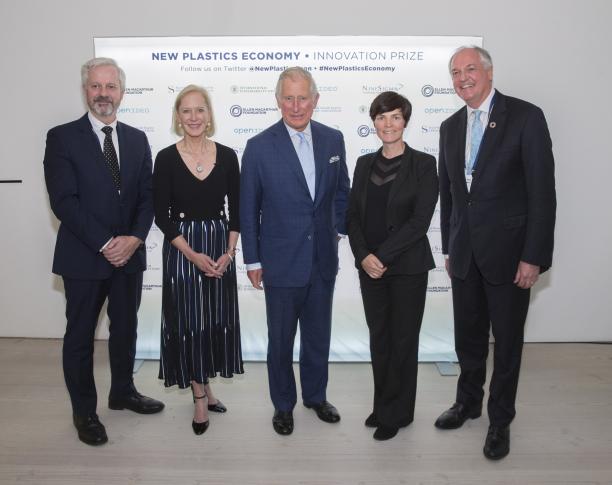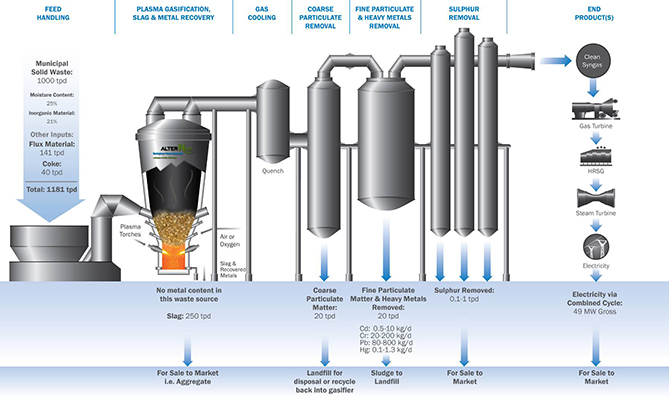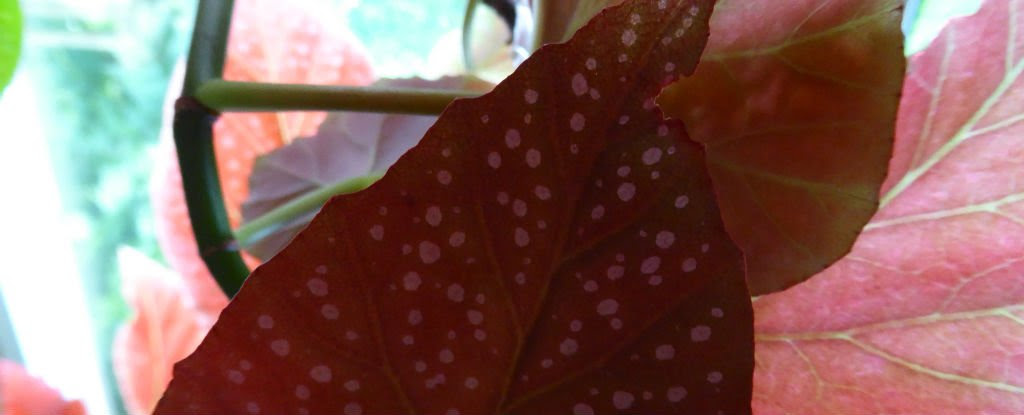Industry Response to the Plastic Challenge
Key concepts:
• American Chemistry Council promotes $2 Million Plastic Innovation Prize
• 3D printing of non-inert products
• “Plastics Make it Possible” innovation of the week
• using 3D and virtual reality to raise awareness via entertainment
• neutralizing pollutants
• reverse photosynthesis
New Plastics Economy Innovation Prize
The American Chemistry Council is promoting the $2 Million Plastic Innovation Prize to keep plastic out of our ocean, announced by the Ellen MacArthur Foundation in collaboration with the Prince of Wales’ Sustainability Unit and funded by philanthropist Wendy Schmidt. Plastic innovation is now a featured topic, with one plastic innovation per week selected to feature by “Plastics Make it Possible” sponsored by The American Chemistry Council

Andrew Morlet, Wendy Schmidt, Charles Prince of Wales, Ellen MacArthur and Paul Polman launch the New Plastics Economy Innovation Prize to keep plastics out of the oceans at the Saatchi Gallery in London, 18 May 2017. Photo Credit: Ian Jones
Novamont: Polymers from Starch
Novamont championed a technique that takes the polymers from starch and turns them into a substance that can be produced just like conventional plastics. Corn starch is a natural polymer. The scientists found the two main components could be morphed together to form a complexation of specific synthetic polymers that behaved like regular plastics. These structures rendered the starch water-resistant. Using the process of complexing starch with variable quantities of complexing agents (natural, from renewable sources, and synthetic), different supra-molecular structures were built with different properties. The discovery gave rise to Mater-Bi, the first family of industrial biopolymers that used starch by preserving the chemical structure generated by photosynthesis. Mater-bi was made from agricultural substances, such as corn starch, and produced in pellet form. The companies manufacturing the shopping or waste bags simply melt the pellets and use them just as they would use regular plastics. In most cases, the bio-plastics perform even better than oil-made plastics, while also being fully bio-degradable and compostable, ensuring minimal environmental impact.
Scientific American’s story on polymers gives a good overview of their history.
Trash to Fuel: Plasma gasification
Trash-to-fuel technology around since the 1970s involved burning waste to generate electricity, but invariably produced byproducts that needed to be disposed of, which alarmed environmentalists. Opponents of gasification feel this solution undermines waste reduction and recycling programs, and encourages the continued production of cheap plastic goods. Organizations such as the Global Alliance for Incinerator Alternatives (GAIA) Philippines and Greenpeace Southeast Asia, oppose waste to energy technologies claim they release large amounts of carbon dioxide that contribute to global warming, along with toxic chemicals that pollute the environment.

BioCollection Inc. in San Jose, CA notes that even with recycling. 72% of global plastics produced become landfill and pollution. We are on a spaceship that is running out of space for plastic trash. This company views plastics as valuable resources locked away in hard-to-access carbon structures. They upcycle plastic waste, using an integrative chemical and biological approach, exploring how plastics can feed biological production built using genetically programmed bacteria.
While chemical conversion technologies convert polymers into fuel substances and electricity, which are low-value commodities, biological degradation of polymers to date has not shown much success at larger scale because biology alone is too slow, their innovation focuses on modifying the two processes individually and combining them in a strategic way to yield speedy conversion rates and high-value end products. Their process involves mixed plastic residue, including HDPE, LDPE, and PP. The physico-chemical process is contained in a machine that can be placed onsite where plastic waste is aggregated. The output of the chemical process is a series of plastic-derived compounds that are of lower molecular weight and can be fed to bacteria. Selected strains of enhanced bacteria that have been evolved to effectively biodegrade the organic salts and genetically engineered to biosynthesize lipid products. The evolved bacteria are efficient at consuming the organic salts as their sole food source. After consuming the carbon from the organic salts, the engineered bacteria produce lipids into the medium. The lipid products can be harvested from the medium via standard separation techniques.
ZERI Foundation
Gunter Pauli envisions an economy of bioplastics and biochemicals derived from agro-waste processed in defunct petrochemical plants, batteries made from wood, stone transformed into paper, coffee turned in biochemicals to absorb odors and protect skin from UV rays. He has been gathering the science to drive practical business models that use natural systems, renewable energy and the power of intelligent conversion. His 2010 book The Blue Economy presented a hundred real-life innovations with the potential to create a hundred million jobs within a decade and make life more sustainable. His book has since been translated into over thirty languages, including Japanese. His ZERI Foundation and its program have received numerous awards for their program that uses waste from harvesting coffee to grow mushrooms. The blue economy concepts have also been converted into fables for the children who will have to survive in the world others leave behind.
Reverse photosynthesis in the lab
Recent scientific discovery of “reverse photosynthesis” by a team led by Claus Felby, a professor from University of Copenhagen, Denmark, may be another game-changer, altering how the industry produces chemicals and fuels, and serving to reduce pollution significantly. The team’s study, featured in Nature Communications, describes a process capable of reversing photosynthesis, which could have dramatic effects on how biofuels, plastics and other industrial products are made. Using reverse photosynthesis, factories could both speed up production while lowering pollution. The process traps sunlight in chlorophyll molecules, as plants do in nature. Natural enzymes called mono-oxygenases are added, which enable solar energy to break down plant biomass, producing chemicals and energy in the process. MORE

Substitution: from plastic disposables to reusable or compostable products
Bakeys Foods in Hyderabad in India supplies edible cutlery as an alternative to disposable plastic and wood utensils and bamboo chopsticks. After considerable research, they designed, used, and enhanced. Made from wheat and a few other natural additives, the spoons, which come in savory, sweet, and plain, can be eaten after the meal or composted. The innovation of edible cutlery was based on concerns about the depletion of groundwater used for irrigation demanding crops, the demand for power from the agriculture sector making faulty crop choices, the toxicity of plastic utensils harmful to human health.
Many plastic products can be replaced with reusable ones. Plastics made from plants, such as PLA made from corn, can require large industrial composting facilities to break them down. A group of Italian scientists led by Catia Bastioli developed biodegradable plastics that can be processed just like regular plastics, but are renewable, recyclable, reusable, and they turn into soil within three to eight weeks in a regular compost pile. Made from crops, bio-plastics reduce greenhouse gas emissions and the consumption of non-renewable resources. Based on insoluble starch, bioplastics can be turned into a near infinite range of products, including shopping bags, disposable cups, sheet mulch and even car tires. While long-lived plastic is still cheaper, biodegradable plastics are becoming increasingly important in the wake of massive concerns over global climate change and rising oil prices.
Leadership of industry organizations
Each year the American Chemistry Council (ACC) and Plastics Industry Trade Association (SPI) partner with the Trash Free Seas Alliance to organize an International Coastal Cleanup (ICC) event in Washington, DC.
The World Plastics Council (WPC) joined the Trash Free Seas Alliance and the International Council of Chemical Associations (ICCA) in hosting Green Room Event 8: Stemming the Tide: Comprehensive Strategies to Prevent Marine Litter.
IdentiPlast, the main event in Europe dealing with the recycling and recovery of plastics waste, established a Centre of Excellence where Best Practices in the management of plastics waste are exchanged. The EU 27 plus Switzerland and Norway have been recovering 58% of their used plastics. The remaining 42% is still wasted on landfills, and there are huge disparities in recovery rates between European countries.
America’s Plastics Makers are partnering with Save the Bay (Narragansett Bay) on the City of Warwick Shoreline Trash Reduction and Prevention project, an initiative that aims to reduce littering behavior with a combination of cleanups, and community engagement.
See the app @ earthDECKS.org
Saving Our Oceans from Plastic: articles by Zann Gill
- Adverse Health Effects of Plastic
- Aquaria – Informal Learning Network
- Beat the Microbead
- Bibliography: Plastic Roads
- Boyan Slat: Floater Technology for Ocean Cleanup
- Complex Systems Problems
- Cradle to Grave: Plastic Supply Chain
- Dame Ellen MacArthur: The Circular Economy
- Sylvia Earle: Learning for a Plastic World
- earthDECKS Limelights: Companies to Watch
- Enshrouded in Plastic
- Flamingos Signal the Future We Face
- Floating Trash: More than 4x as bad as we thought
- Give the World a Helping Hand: 3D Prostheses
- Global Ocean Sensing
- Nature’s Innovators: plastic consumers
- Ocean Debris Network
- Ocean Ingenuity
- Oceans – Measuring Planet Health
- Plastic Bank – The Exchange Economy
- Plastic – Climate Change Connection: Israel & UBQ
- PLASTIC: Complex Systems Problem
- Plastic: Drinking Water, Table Salt & Mother’s Milk
- Plastic Footprint – Carbon Footprint
- Plastic-Eating Enzyme
- Plastic Gyres and Social Justice
- Plastic Impact Calculator
- Plastic Pollution Coalition: Campaign vs Single Use Plastic
- Plastic & Public Health: Endocrine Disruptors
- PLASTIC: Overview of National Leadership
- Plastic Roads – Global Innovation Ecosystem
- Plastic – The Circular Economy
- The Plasticene
- Plastiki: adventure stories & a big message
- Raising Awareness of Plastic Hazards
